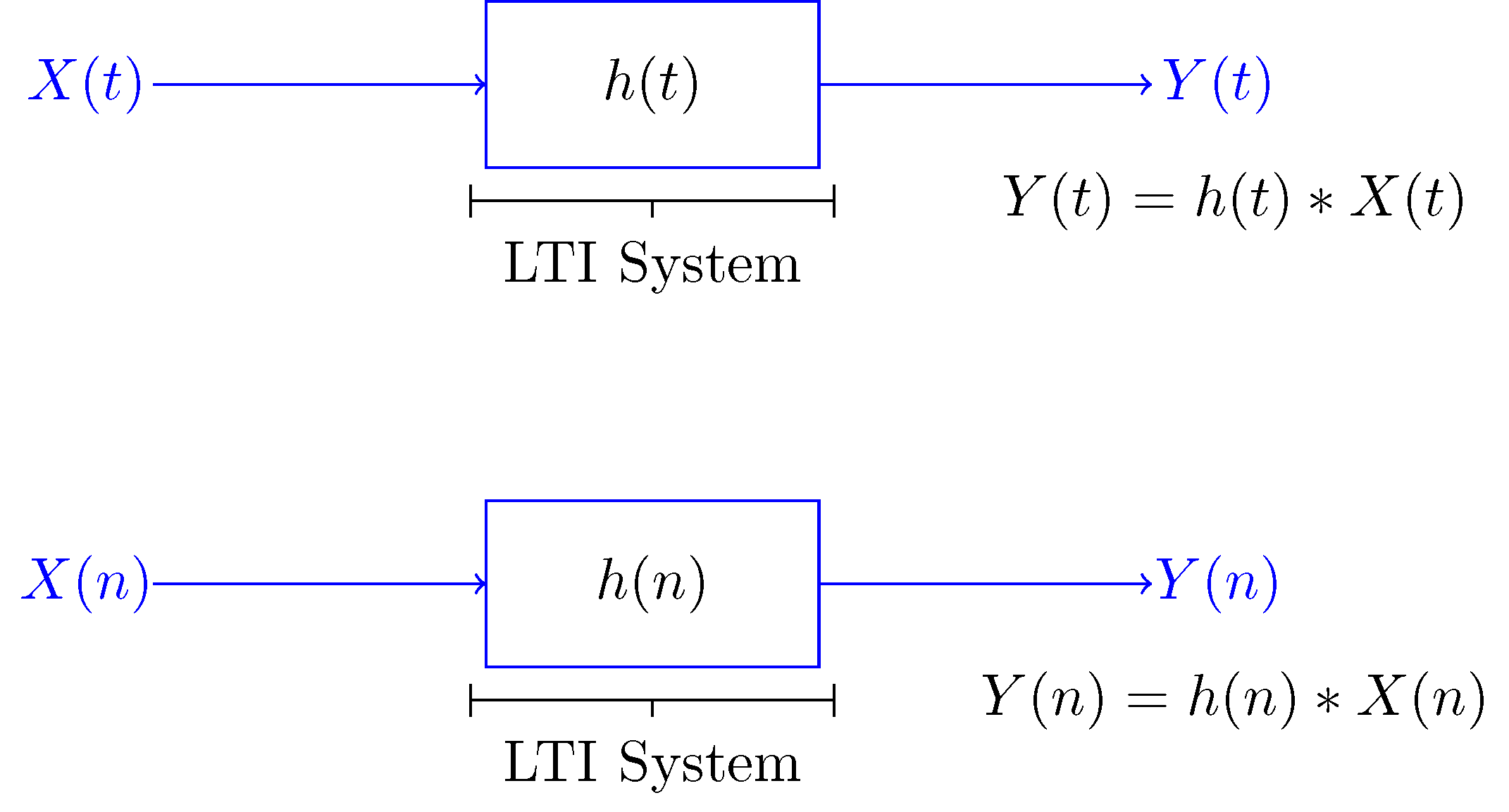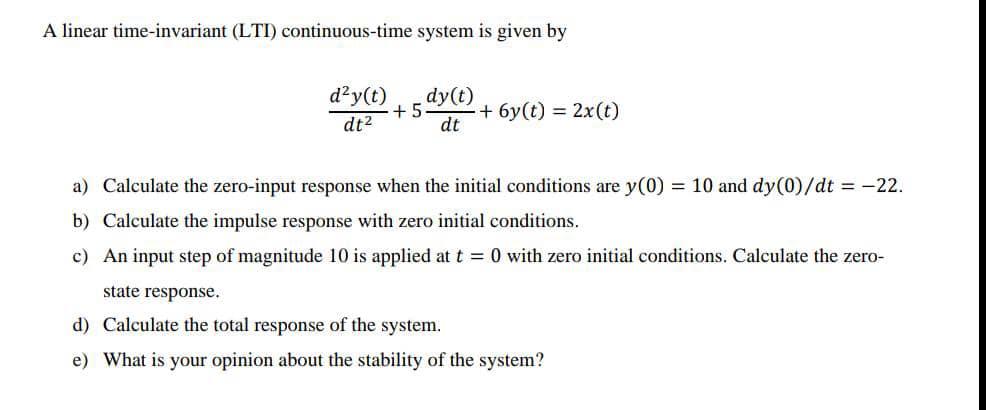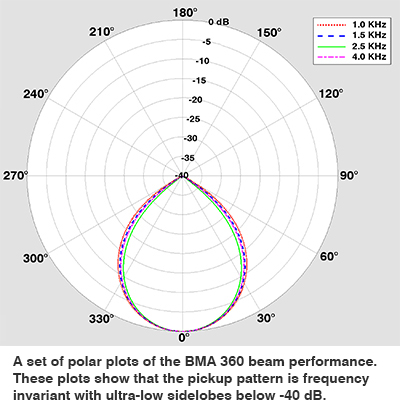![SOLVED: The following state and output equations represent a linear time invariant system. x(t)=[5-4]x(t)+[3]u(t) y(t) = [1 1]x(t) 0 Z'1e2=(i)n pue[l]=(0)x qeq u!D Calculate the state transition matrix (eAt), transfer function (H(s)) SOLVED: The following state and output equations represent a linear time invariant system. x(t)=[5-4]x(t)+[3]u(t) y(t) = [1 1]x(t) 0 Z'1e2=(i)n pue[l]=(0)x qeq u!D Calculate the state transition matrix (eAt), transfer function (H(s))](https://cdn.numerade.com/ask_images/e03244048df4497f8154edc5c285cf38.jpg)
SOLVED: The following state and output equations represent a linear time invariant system. x(t)=[5-4]x(t)+[3]u(t) y(t) = [1 1]x(t) 0 Z'1e2=(i)n pue[l]=(0)x qeq u!D Calculate the state transition matrix (eAt), transfer function (H(s))

3. Network vs invariant The vehicles can calculate the distance covered... | Download Scientific Diagram

linear algebra - How to calculate subspace of a set of solutions of matrix Ax=b - Mathematics Stack Exchange

Homework 2 - hw2 questions - Homework 2 Due 09/26/ (2 Points) Calculate the following convolution - Studocu

How to obtain the quantity of Von-Mises local strain hydrostatic invariant using atomc strain in OVITO - OVITO - Materials Science Community Discourse

lie groups - How to calculate $\frac{d}{dt}|_{t=0}\langle dR_{x_t(e)} U, dR_{x_t(e)} V \rangle$? - Mathematics Stack Exchange

Calculation of Configurational Entropy with a Boltzmann–Quasiharmonic Model: The Origin of High-Affinity Protein–Ligand Binding | The Journal of Physical Chemistry B

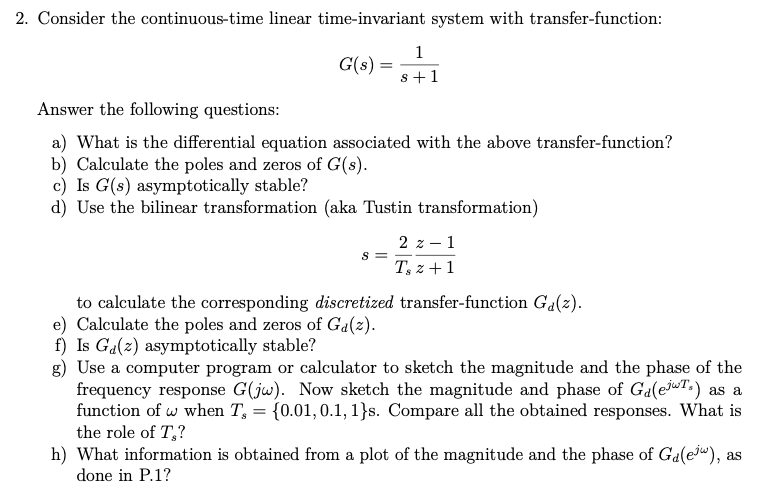
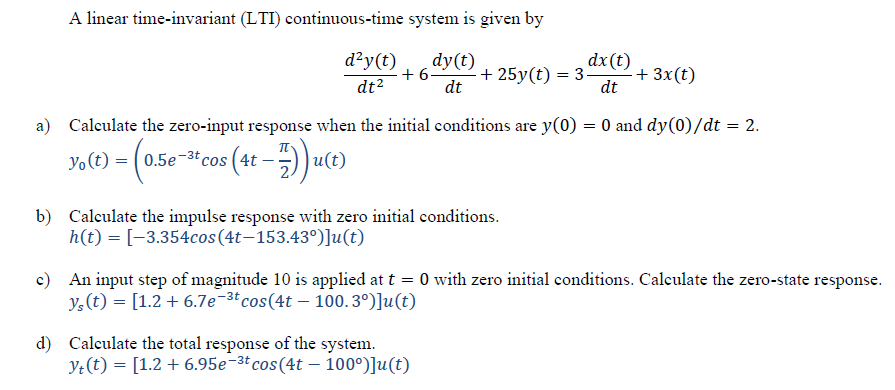



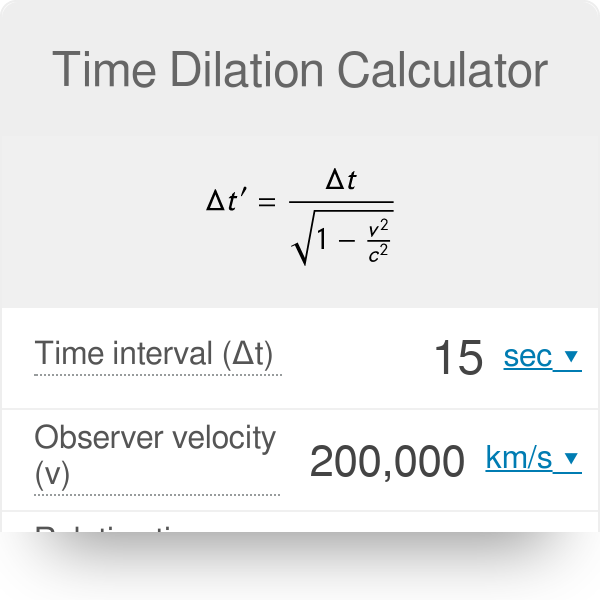

![Solved Problem 2 (10 Pts.) The output of a system T is y[n] | Chegg.com Solved Problem 2 (10 Pts.) The output of a system T is y[n] | Chegg.com](https://media.cheggcdn.com/media/2ae/2ae34a9b-d819-45c0-8d48-df90e1b5a212/phplUwb47.png)
